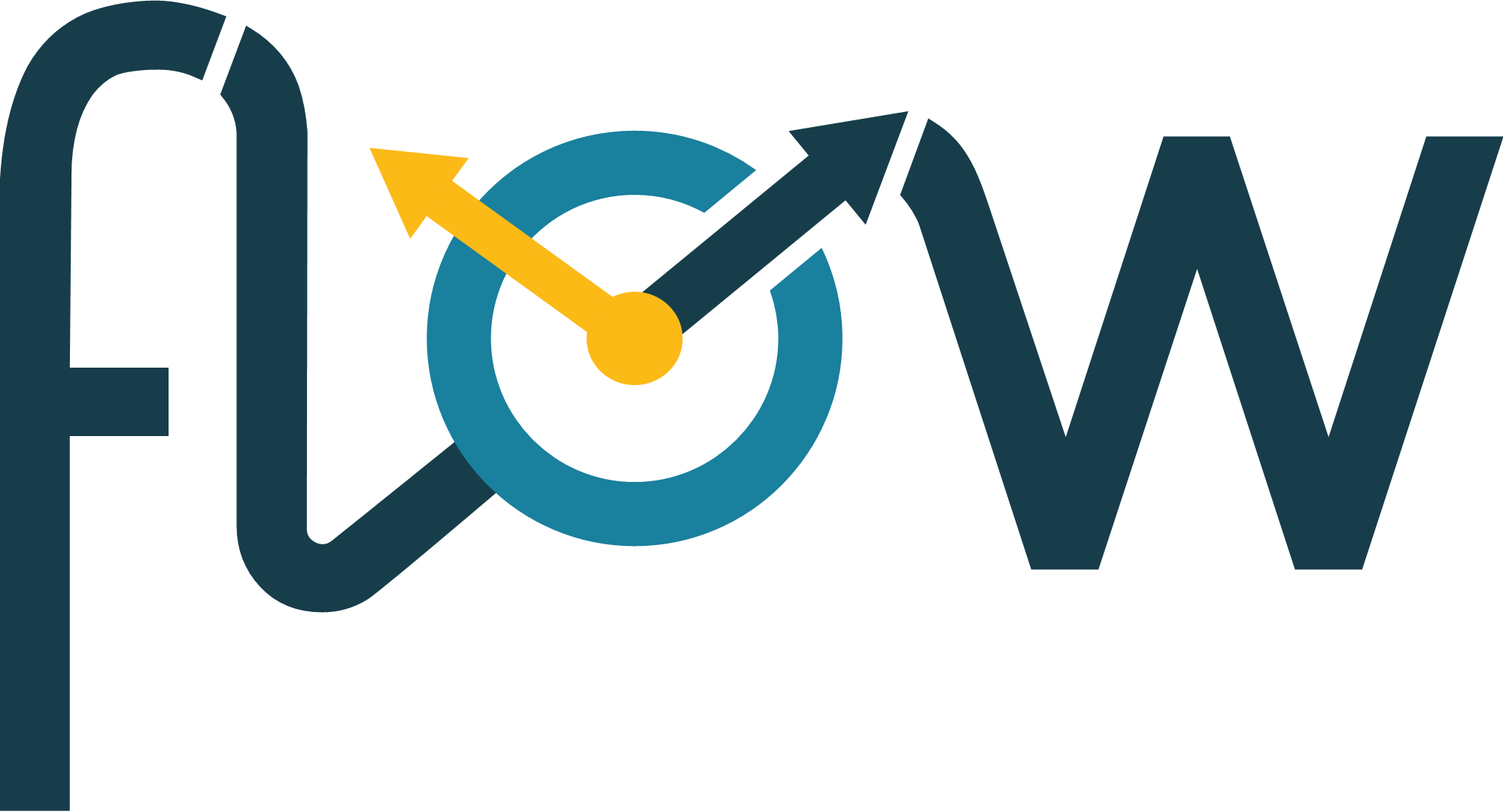Midnight, the Schroedinger's Cat of Times!
Scheduling at midnight is hard

Midnight whether the end of today or the start of tomorrow depends on the observer!
The problem is: there are two midnights in a day, midnight can stand as both the end of a day and the beginning of the next. When you're working at midnight, are you working a night shift starting at the end of the current day (technically the start of tomorrow), or are you working a morning shift that starts at the beginning of the current day?

This decision affects the way you calculate and pay your employees. The scheduling system has to be clear when it comes to presenting this information so that there is no confusion for your employees to what time to show up for work. If a system can't flexibly represent both scenarios, then chaos can ensue. For example, if your employees have been conditioned to think of a shift starting at midnight as the end of today, but your scheduling system forces the shift to appear on the next day because of the way computers represent time visually, then employees have to remember that the shift actually starts on the previous calendar day - yikes!
To make matters worse, we often encounter companies where both situations are represented: some departments represent it one way and some the other way.
While many systems resort to hacks to manage the ambiguity of midnight, WorkSight Flow utilizes interval calculus and time offsets for a more precise solution.
Interval Calculus (Warning, reading the following could make you sleepy!!)
Interval calculus focuses on the numerical analysis of sets of intervals rather than individual numbers. This branch of mathematics lets us work with intervals as mathematical objects which is critical to computerized time calculations.
But interval calculations on their own are not enough when we are dealing with the slippery matter of midnight. Intuitively we know midnight is an ‘endpoint’, but is it also a starting point? According to interval calculus: yes, and no. A given interval – all real numbers between a pair of numbers – can include either endpoint (i.e. of an employee’s shift), both endpoints or neither endpoint. This can get confusing fast!
Because of this variability in interval calculations, midnight can mark both the end of one day and the beginning of the next. It can be a curfew shouted at the retreating back of a beloved teenager: "Be home by midnight." It’s made famous in fairytales when something big and life-changing happens: “...at the stroke of midnight.” More practically, in the contexts we care about, it can signify the beginning or end of a shift, and we need to know which day to assign it to. Does it belong to the day before—the day that is just ending—or the day just starting, or both?
Why Does Midnight Matter?
If you're buying or using a scheduling system and have shifts that start at midnight, you need to confirm that your scheduling solution can support this. While there are hacks—such as setting the start time to 11:59 PM or beginning the shift at 0:00 on the following day—these workarounds can cause issues. The shift might appear on the wrong date on the employee's paycheck, leading to inaccurate pay calculations and confusion among your employees. They might wonder: "Exactly what time am I supposed to come in?"

Flow Has Your Back
Fortunately, WorkSight Flow makes this easy. When defining your schedules, you can create any "Shifts" or "Templates" you need. These shifts can include breaks, start and end at different times throughout the day, and have colors and icons to convey meaning and avoid confusion. You can name each shift something useful like "D 1-9," "N 6-18," or "N 0-8." You then use these shifts as templates to build out your "Shift Patterns" and schedules.
When defining your shifts, you simply use the calendar date as the anchor for the times, which are recorded as offsets from the start of the day. So a "Day" shift that starts at 12:00 AM of the same calendar day gets an offset of 0.0, a shift starting at 3:30 AM gets an offset of 3.5 hours, and so on. Conversely, a "Night" shift that starts at midnight gets an offset of 24.0. These offsets, combined with the ability to name your shifts whatever you like, allow you to handle every case with ease.
The ambiguity of midnight—whether it marks the end of today or the beginning of tomorrow—illustrates how something seemingly trivial can pose significant challenges. It serves as a reminder that even the smallest details, like the stroke of midnight, can have a significant impact on our daily lives and workflows.





